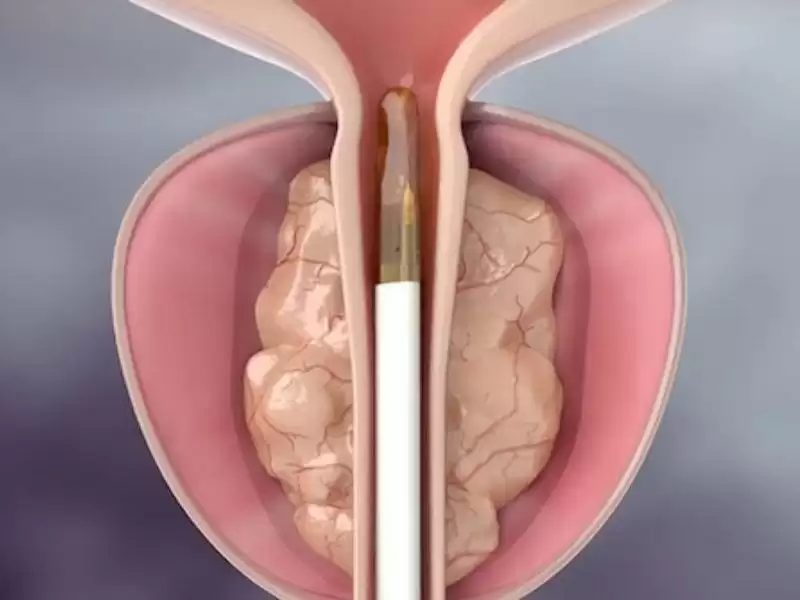BPH is defined as Benign Prostatic Hyperplasia in the medical literature and as benign prostate enlargement among the public. BPH is a problem that is seen especially in older men and affects the quality of life negatively.
What Is Prostate?
The prostate is a gland in the male reproductive system. The prostate gland, which is functional in forming the semen fluid, is just below the bladder. The prostate gland, which is about the size of a chestnut in adult men, also surrounds the area that allows urine to exit the bladder and be discharged through the penis.
Benign prostate enlargement can cause serious problems in urination.
Symptoms Of BPH (Benıgn Prostatıc Hyperplasıa)
Changes in the prostate gland begin in the 40s, and the gland enlarges in the 50s. Its enlargement process that continues until the end of life varies from person to person. The main complaints of BPH are as follows:
- Urine is difficult to discharge
- A feeling of obstruction in the urinary tract
- Polyuria (frequent urination)
- Burning sensation during urination
- Urinary incontinence
- Feeling of not fully emptying the bladder
- Dropping
- Intermittent urination
In case of experiencing the above symptoms and also when blood is observed in the urine, an experienced physician should be consulted.
Dıagnosıng BPH (Benign Prostatic Hyperplasia)
During the diagnosis of BPH, the patient's general health condition and other complaints are evaluated. In this process, scoring systems are applied to determine whether the disease is mild, moderate or severe. In addition, manual examination (finger examination of the rectum) is effective for a qualified diagnosis. The tests to be conducted in the diagnosis process are as follows:
- Urine analysis
- Urine flow test
- Measurement of the urine residue following micturition.
- PSA test (Prostate Specific Antigen)
- Ultrasonography
- Cystoscopy
Treatment Of BPH
There are many treatment options for BPH, which reduces the quality of life. When the disease is mild, it can be controlled with close monitoring and drug therapy, while minimal interventional treatments or surgical interventions can be preferred when it is moderate and severe.
The surgical treatment methods performed to remove the prostate tissue obstructing the urinary tract are as follows:
- Open prostate surgery: It is especially preferred in the presence of very large prostate tissue.
- Laparoscopic prostate surgery (Transurethral Prostate Resection (TURP): The primary preferred surgical methods for the treatment of benign prostate enlargement are laparoscopic surgical interventions in recent years. The reason is the comfort of the patient and the rapid recovery processes. The TURP method is the most commonly used surgical method for the treatment of BPH. The TURP operation performed through the urinary canal shortens the hospital stay of the patient.
- Laser prostate surgeries: HOLEP or Greenlight laser methods are performed. Today, the HOLEP method is used more frequently and this method also provides a reliable treatment for large prostate tissues.


